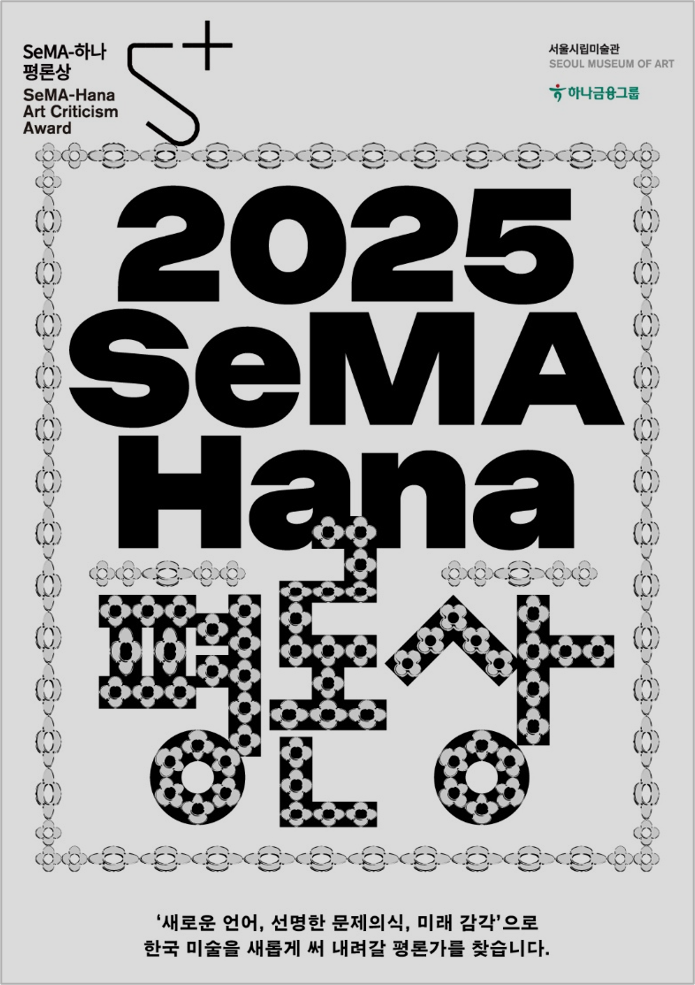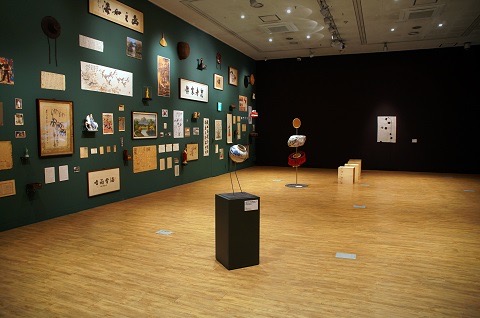 Poster image of "Game Society," National Museum of Modern and Contemporary Art (MMCA), Seoul, Korea. (May 12, 2023 - September 10, 2023). Courtesy of the museum.
Poster image of "Game Society," National Museum of Modern and Contemporary Art (MMCA), Seoul, Korea. (May 12, 2023 - September 10, 2023). Courtesy of the museum.Digital games have become an integral part of our daily lives. Even if we don’t play games, we encounter similar visual effects and interfaces everywhere we go, such as dealing with kiosks, watching billboard videos and surfing Web pages on our phones. Games are becoming an essential form of social communication and culture in today’s society.
From May 12 to September 10, the National Museum of Modern and Contemporary Art (MMCA) will present Game Society to explore how the grammar and aesthetics of the games we encounter every day are influencing contemporary art and visual culture, as well as our lives and society.
The exhibition provides an opportunity to reflect on a society where gamification is becoming more common. The exhibition showcases artworks that speak to various aspects of digital gaming, providing an opportunity to view games themselves in an artistic context. The exhibition further reflects on the marginalized people alienated from this daily life. For example, it gives us the opportunity to think of elderly people who never appear as the main character in games or the limitations that people with physical and mental disabilities have in playing games.
The exhibition features some 30 works, including video game collections from the Museum of Modern Art (MoMA) and the Smithsonian American Art Museum (SAAM), two museums that brought the medium of video games into the context of art in 2012 when they began collecting and exhibiting games, including Pac-Man (1980), SimCity 2000 (1993) and Minecraft (2011), as well as the MMCA’s collection.
The exhibition also presents works by eight contemporary artists who aesthetically interpret the grammar of video games, including Harun Farocki, Cory Arcangel, Lawrence Lek, Jacky Connolly, Lu Yang, Danielle Brathwaite-Shirley, Ram Han and Kim Heecheon.























